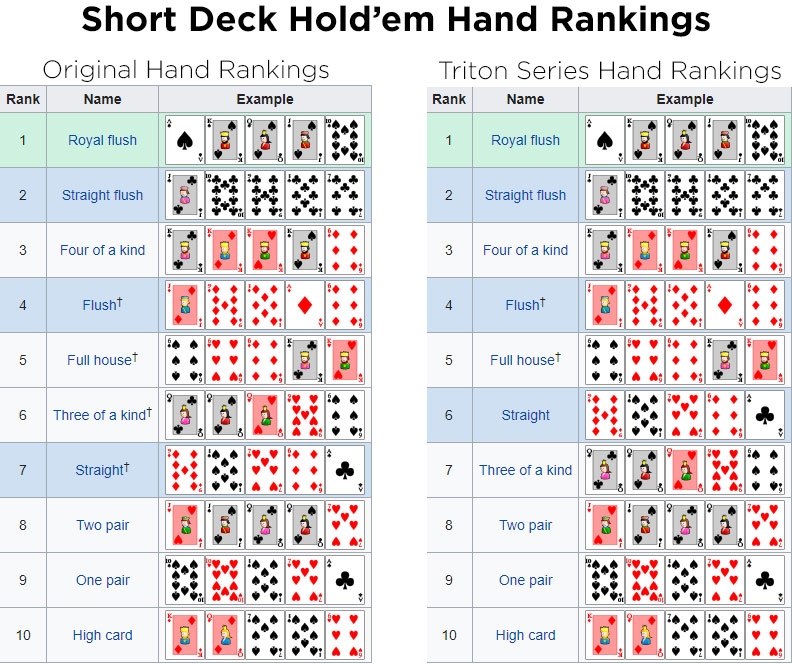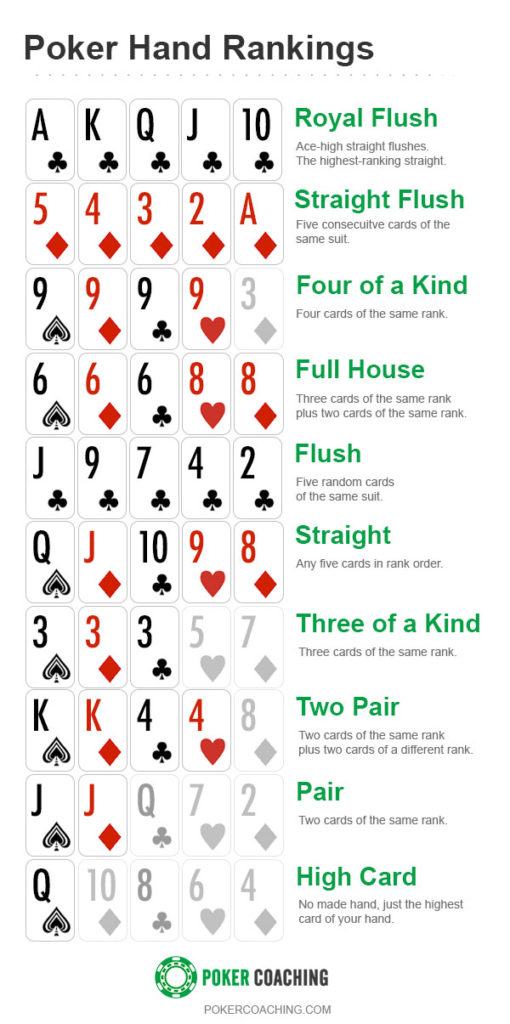Poker Hands Ranking Preflop
- Poker Hands Ranking Preflop
- Best Pre Flop Hands
- Texas Holdem Pre Flop Charts
- Poker Hands To Play Preflop
- Compare 2 Hands Preflop
- A large part of the Poker Basics course focused on your actions pre-flop, including advice on how to evaluate your hole cards and then how to proceed if you decided you wanted to enter the pot. All the lessons from the Poker Basics course remain relevant when playing a no limit Texas Hold’em cash game, and you should look back to refresh your.
- In smaller poker games, players tend to include far too many hands into their preflop ranges. This gives you ample opportunity to find bluff 3bets, +EV preflop calls, and to be proactive in your postflop line creation. Memorize These 5 Poker Ranges. To make your life easier, here are 5 preflop poker ranges that you need to memorize.
- Stick To Our Preflop Poker Strategy Gameplan. You need to stick to your preflop starting hand.
- Preflop is the most common and important street in poker. The decisions you make on this street will greatly impact the rest of the hand. The hands are organized by position.
In poker, players form sets of five playing cards, called hands, according to the rules of the game. Each hand has a rank, which is compared against the ranks of other hands participating in the showdown to decide who wins the pot. In high games, like Texas hold 'em and seven-card stud, the highest-ranking hands win.In low games, like razz, the lowest-ranking hands win.
In short, your decisions in the pre-flop betting round should be based on three key factors:
- Your hand strength
- Your position at the table
- Your opponents’ action in front of you
We now look more deeply at how to apply these basics in the specific environment of the cash-game tables.
Hand selection
As in all games of Texas Hold’em, be it tournament play or a cash game, you will need to categorise your starting hand. (Refresh your memory of what we mean by “monsters”, “very strong hands”, “speculative hands” and “trash” in the Poker Basics lesson.)
By and large, it is correct to raise with monsters and very strong hands; it is better to be more circumspect with speculative hands; and trash should be thrown away. As you get more experienced you will add other factors, but the core decision is based primarily on that list.
However in a cash game, you will have a bigger stack compared with the big blind, so you can tend to play more speculative hands. The reasons for this are twofold: firstly we are risking a much smaller proportion of our stack to enter a pot pre-flop. Secondly, if we hit, we will win a far bigger pot.
Therefore the risk/reward calculation changes with 100 BB stacks in a cash game. In some instances we should be happy to call pre-flop with a hand that we might ordinarily throw away. (The notion of “pot odds” is discussed in more depth later.) You can afford to call and miss with speculative hands like smaller pocket pairs and suited connectors against raises, knowing that you will fold if you miss.
The larger stack sizes also free you up to play slightly unorthodox poker at times. You might want to call with a very strong hand instead of re-raising. Or you might want to call a re-raise with a weaker speculative hand.
Your decision will need to take into account the effective stack size, as discussed in the last lesson.
For example: You are on the button with 3♣3♠ and a very tight player raises from early position. It is very likely that he holds a big pocket pair, so you will need to hit a set to win.
If your assumption is correct and the tight player has a big pair like A♥A♦ or K♠K♣ it will be tough for him to get away from his hand on a flop like 3♦Q♦10♠. You are very likely to be able to get the maximum amount of chips in the pot.
Therefore if the effective stack is 100 BB in this situation, you can certainly call the raise and hope to hit your set. The times you hit and win a big pot will make up for the times you miss and lose.
But if the effective stack is only 20 BB, you cannot win enough. Your relatively small profit will not make up for the times you miss. You should fold 3♣3♠ if you or your opponent is short-stacked.
In later stages of tournaments, play like this this simply doesn’t work. You usually play with a shallow stack, where fancy moves can cost you your tournament life. That is not true in a cash game, where the small investment pre-flop can grow into a big one if you hit the right flop.
But always keep in mind that stack size is not the only factor in the decision whether you want to play a hand or not – always consider position, opponents and your table image.
Join us on our Discord channel.
- vs Open
- Squeeze
- vs 3bet
- vs 4bet
These preflop ranges have been specifically designed for 100BB deep games with medium rake.
Each preflop matrix will have a raise size associated with it which must be used for the range to be balanced.
Poker Hands Ranking Preflop
New Color Key
Purple = 100% Raise
Red = 75% Raise, 25% Call
Orange = 50% Raise, 50% Call
Yellow = 25% Raise, 75% Call
Green = 100% Call
Pink = 25% Raise, 75% Fold
Dark Blue = 50% Raise, 50% Fold
White = 50% Call, 50% Fold
Light Blue = 25% Raise, 25% Call, 50% Fold
Grey = 100% Fold
Old Color Key


Red = Always Raise
Orange = Often Raise, otherwise Call
Yellow = Sometimes Raise, otherwise Call
Green = Always Call
Pink = Sometimes Raise, otherwise Fold
Best Pre Flop Hands
White = Call or Fold
Blue = Raise, Call or Fold
Grey = Always Fold
Seat Names
Texas Holdem Pre Flop Charts
Big Blind (BB): The player in the big blind
Small Blind (SB): The player in the small blind
Button (BU): The player on the button
Cutoff (CO): The player to the immediate right of the button
Hijack (HJ): The player two seats to the right of the button
Lojack (LJ): The player three seats to the right of the button. First to act in 6-max
Poker Hands To Play Preflop
Under-The-Gun +2 (UTG2): The player four seats to the right of the button
Under-The-Gun +1 (UTG1): The player five seats to the right of the button
Under-The-Gun (UTG): The player six seats to the right of the button. First to act in Full Ring
Compare 2 Hands Preflop
Early Position (EP): Either UTG, UTG1 or UTG2
Middle Position (MP): Either LJ or HJ
Late Position (LP): Either CO or BTN